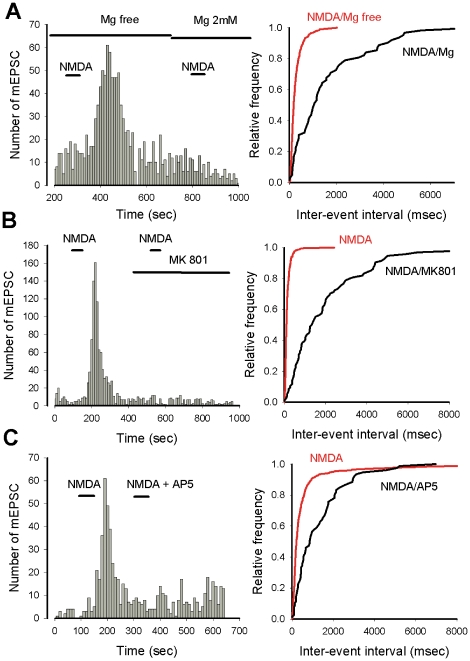Figure 5. NMDA binds a NMDA receptor and increases mEPSC frequency.
A. The NMDA effect on mEPSC frequency is blocked in the presence of external Mg2+. Histogram on the left represents the number of mEPSCs as a function of recording time (bin 10 s), NMDA is applied as indicated by the two short horizontal bars, in the absence or presence of external Mg2+ (as indicated by the two horizontal long bars). Right: cumulative plot of the inter-event intervals when NMDA is applied in the absence (red curve) or presence (black curve) of Mg2+. B and C. The facilitatory effet of NMDA on mEPSC frequency is blocked by two NMDA receptor antagonists, MK801 and AP5 respectively. Left, histograms represent the number of mEPSCs as a function of recording time (bin 10 s). NMDA and NMDA receptor antagonists are applied as indicated by the horizontal bars. Right, cumulative plots of inter-event intervals in the presence of NMDA alone (red curves), or in the presence of receptor antagonists (black curves). Note that in the presence of Mg2+, MK801 and AP5, the distributions of inter-event intervals are shifted towards longer intervals.

